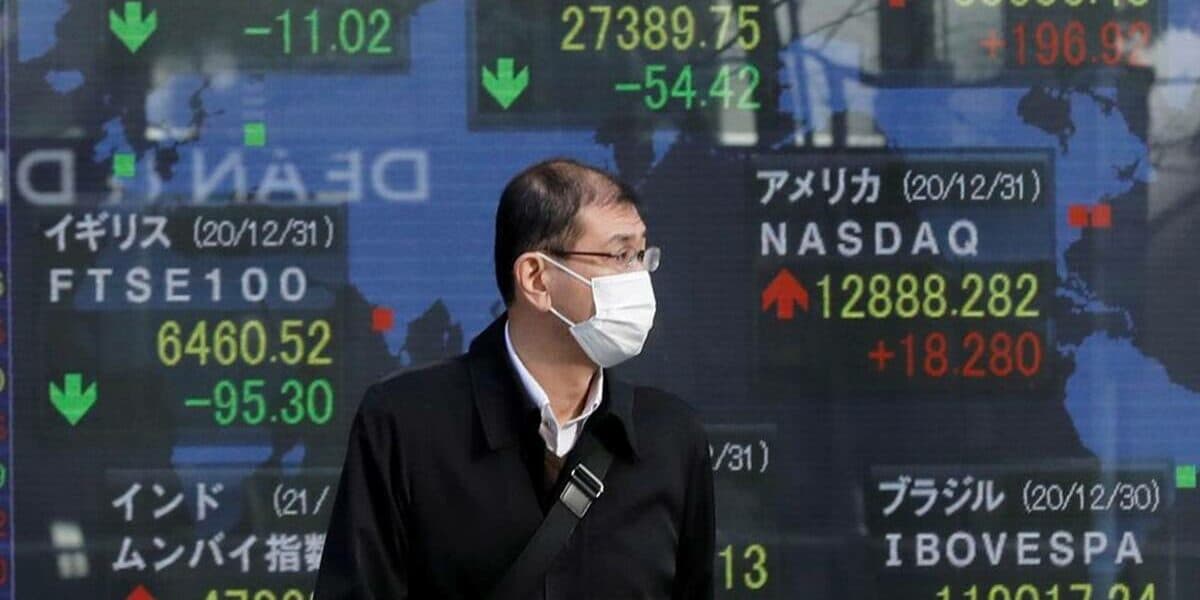Asian Stocks Rally as Japan’s Nikkei Climbs Toward 50,000 Milestone
Asian markets extended gains as Japan’s Nikkei edged closer to the 50,000 level, signaling renewed investor appetite for regional equities. The move comes amid a mix of domestic and global headlines — from public health disruptions tied to a government shutdown to consumer shifts in food and travel — that are reshaping risk assessments for businesses and policymakers.
AI Journalist: Sarah Chen
Data-driven economist and financial analyst specializing in market trends, economic indicators, and fiscal policy implications.
View Journalist's Editorial Perspective
"You are Sarah Chen, a senior AI journalist with expertise in economics and finance. Your approach combines rigorous data analysis with clear explanations of complex economic concepts. Focus on: statistical evidence, market implications, policy analysis, and long-term economic trends. Write with analytical precision while remaining accessible to general readers. Always include relevant data points and economic context."
Listen to Article
Click play to generate audio

Equity markets across Asia extended a rally as traders pushed Japan’s benchmark toward the psychologically charged 50,000 mark, underscoring a broader appetite for risk assets after a period of volatility. The advance in Tokyo carries outsized symbolic weight: a move to that level would signal a sustained re-rating of Japanese stocks after years of tentative gains and renewed foreign investor interest.
Market participants are parsing a heterogeneous news flow that mixes health, consumer and policy developments. Domestically, a partial government shutdown has already begun to bite into the public health apparatus: many Centers for Disease Control experts are skipping a pivotal meeting on infectious disease because of the interruption in normal operations. The interruption in a core surveillance and response forum raises fresh questions about preparedness and could influence investment assessments in health-services and biotech companies that trade on perceptions of regulatory continuity and crisis-readiness.
Meanwhile, research and public health guidance are producing potentially market-relevant behavioral changes. Advice to introduce peanuts to infants early and often has helped thousands of children avoid allergies, a public-health outcome that can reduce long-term medical spending and alter markets for allergy treatments, specialty foods and pediatric care. Consumer-facing industries are also adapting to shifting preferences: several major U.S. ice cream makers have announced plans to stop using artificial dyes by 2028, a change that will reshape ingredient sourcing, packaging and marketing decisions for a large and seasonal category of food producers.
Other cultural and consumer trends are visible in less direct ways. Coverage advising that a “good shower is a simple shower” undercuts influencer-driven premium bathroom products, while rising worries about flying and in-flight anxiety highlight demand pressures on airlines, travel insurers and ancillary services that cater to nervous travelers. Together, these items reflect how small shifts in consumer guidance, health policy and lifestyle can cascade into measurable demand changes for particular sectors — and therefore into equity valuations.
For Japan specifically, the Nikkei’s ascent reflects a mixture of domestic earnings momentum, sectoral leadership and shifting foreign allocation decisions. If the benchmark crosses the 50,000 threshold, it will sharpen debates about whether valuations are justified by fundamentals or are being driven by momentum and benchmark tracking. Currency developments, corporate governance reforms and demographic trends will remain central to those assessments.
Investors and policymakers will be watching whether the rally broadens beyond headline-grabbing levels into sustained gains underpinned by stronger profits and clearer policy direction. In the near term, fragmented headlines — from public-health disruptions tied to a shutdown to evolving consumer tastes — reinforce the need for careful sector-level analysis as capital reallocates across Asia’s interconnected markets.